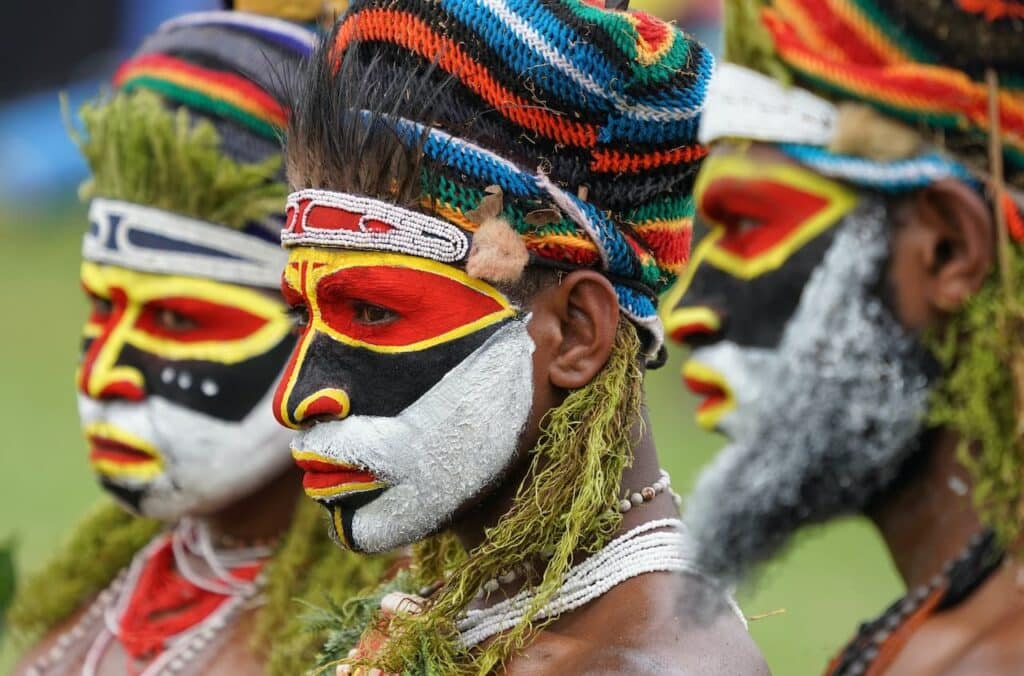Race and ethnicity are frequently misunderstood because most people don’t fit neatly into the categories presented on forms with checkboxes. Race and ethnicity are different concepts. Although they are connected, both phrases are used to describe human identity in different ways. Identity issues may include considerations of one’s race, ethnicity, language, religion, cultural practices, or ancestry. Many of these factors fall under the categories of race and ethnicity.
The term “ethnicity” refers to a 20th-century concept built on the much older adjective “ethnic,” which was first used to designate Gentiles. The word ethnic, which is connected to the word ethnos, which means “nation” or “people,” comes from the Late Latin word ethnicus and ultimately comes from the Greek word ethnikos, which means “national” or “gentile.”
While ethnicity is a term for something you acquire based on where your family is from and the group with whom you share culture, traditional, familial bonds, and experiences. Race is understood today primarily as a sociological designation identifying a group sharing some outward physical characteristics and commonalities of culture and history. People might be of the same race but different ethnicities.
In simple words, race relates to physical characteristics, and ethnicity to cultural affiliation. It is also possible to say that ethnicity is something you learn, whereas race is something you inherit.
According to Nina Jablonski, an anthropologist and pale-biologist at The Pennsylvania State University who is well-known for her studies into the development of human skin tone, “‘Race’ and ‘Ethnicity’ have been and continue to be used as means to define human variation. “Most people think of race as a combination of physical, behavioral, and cultural characteristics. Ethnicity distinguishes between people mainly based on shared language and culture.”
Race vs. Ethnicity
- Ethnicity can be displayed or not, while race cannot be.
- Ethnicity can be adopted, ignored, or expanded, while race cannot.
- Ethnicity has subcategories, while races do not have subcategories.
- Racial and ethnicity have been used to subjugate or persecute people.
- Sociologists believe that racial divisions are based on sociological concepts rather than biological principles.
Genetics and Race
In the 18th century, philosophers and anthropologists used phenotypic characteristics like skin color and geographic location to categorize humans into several racial groupings, giving rise to “race.” The concept that some races were superior to others was founded on this flawed principle.
Even in current definitions of race, there is still an underlying assumption that characteristics like skin color or hair texture have biological, genetic roots that are entirely specific to different racial groups.
“If you take a group of 1,000 people from the recognized ‘races’ of modern people, you will see a lot of diversity within each group, “Jablonski told Live Science. “Each of these groupings has more genetic diversity inside it than there is on average between any two groups.” “No genes are unique to any particular ‘race,'” she added.
In short, no genetic variations are common to all members of one racial group but not to another. There are undoubtedly physical differences between individuals, some of which are hereditary. But it is a social phenomenon relating to outward appearances, not biology, that determines how these variances serve as the basis for social prejudice and discrimination.
In other words, variations in how people look are not always due to genetic variation within different skin color “groupings,” it is essentially useless as a tool for classifying people into separate ethnic classifications.
“Naturalists and philosophers of the 18th century invented races. They do not exist naturally as groups,” said Jablonski.
This also highlights the crucial difference between race and ethnicity. Individuals are assigned a race based on their physical characteristics, whereas ethnicity is more often a choice made by the individual. It can also allow people to adopt many identities, encompassing everything from language to ethnicity, culture, and religion.
Impact of Race and Ethnicity
Mainly, defining people by race is ingrained in how societies are set up, run, and perceive their members. In addition to influencing culture, the legacy of racial categories has produced radically diverse socioeconomic realities for various populations. It is seen, for instance, in the following ways:
- Higher poverty rates for minority groups
- Poorer access to health care and education
- Increased vulnerability to crime
- Environmental injustices and other social ills

